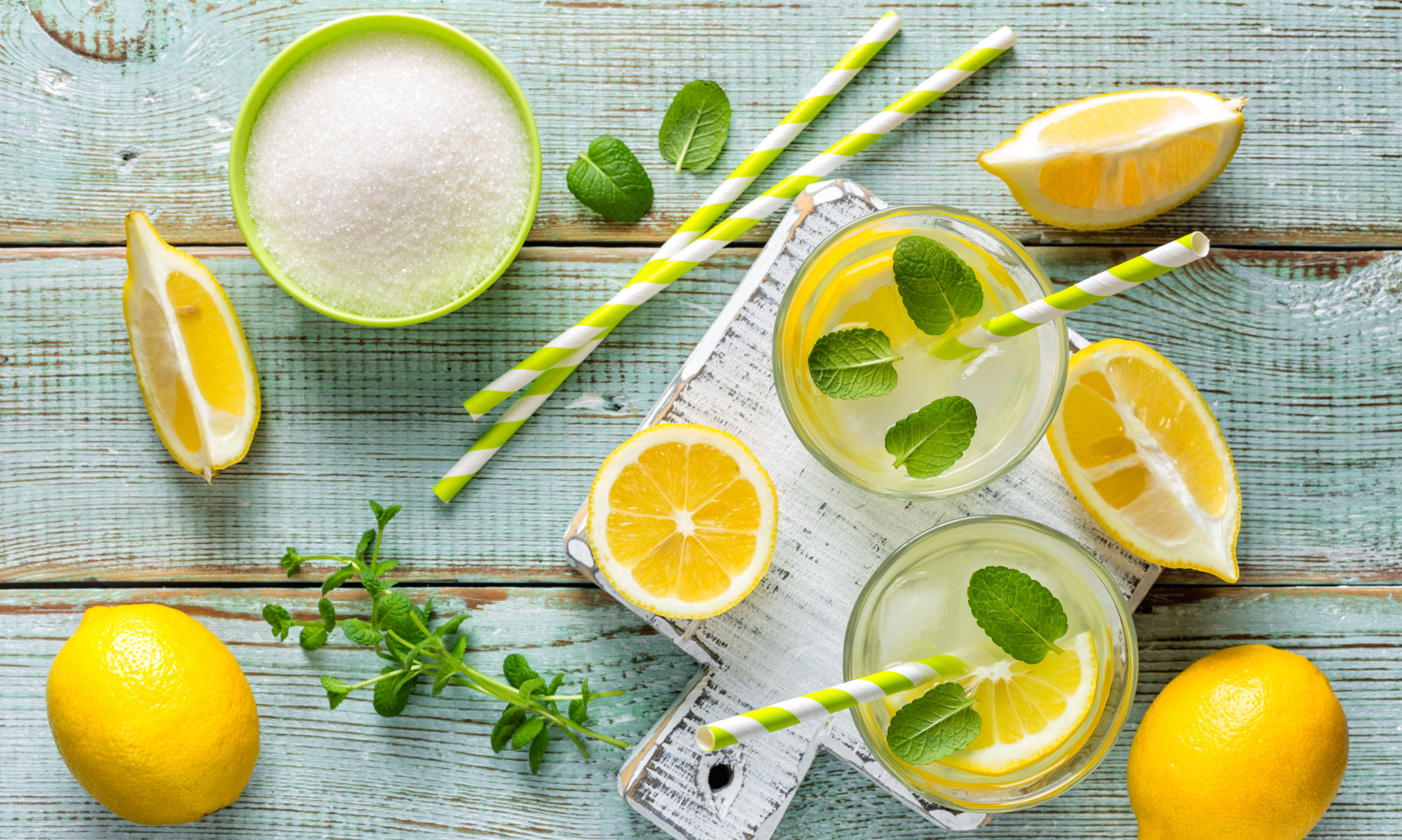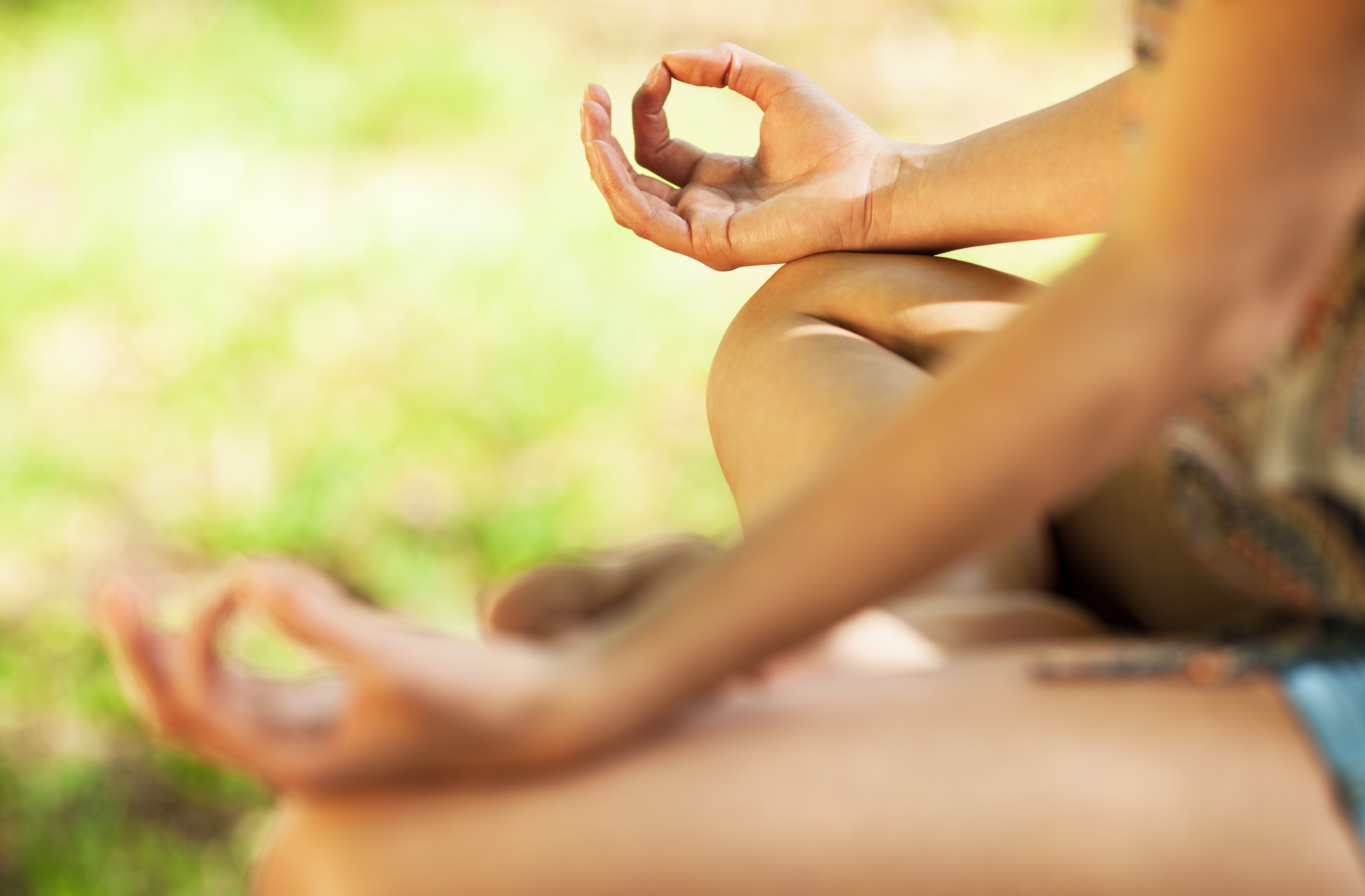Though clients come to me for diet advice, they typically need much more than just guidance on what to eat. Because it’s so hard to develop good eating and lifestyle habits, we talk a lot about forming and breaking habits and nurturing the proper mindset. I’ve discovered that setting a good tone for the day helps to both attain a positive attitude and to stay intentional throughout the day. That’s why I talk to my clients about establishing a morning ritual.
Ritual versus Routine
A ritual is not the same thing as a routine. A morning routine might involve exercising, showering, dressing, reading the paper and eating breakfast. Because we’ve done it so many times before, we know what to do and in what order without having to do much thinking. A ritual may involve these same mundane chores, but a ritual takes on a meaning beyond getting a task completed. Rather, the focus is on the process of the task or an appreciation of its side benefit. With a ritual you have the added value of feeling energized, focused, grounded, clear headed or some other additional benefit beyond completing something on your to-do list. Some common morning rituals include meditation, exercise, journaling, yoga, reciting affirmations and setting daily intentions, such as a remaining patient with a difficult coworker, experimenting with a new stevia recipe and following through on your plan to snack only on fruit.
I found a meaningful morning ritual a long time ago and have continued with some version of it for well over two decades. Instead of rushing out the door or upstairs to my home office, I gift myself time to sip my coffee while having a meaningful conversation with my husband. I spend time thinking about my goals for the day and their potential obstacles and simply center myself for what might be in store. An important part of my morning ritual is my jog. It has become my meditation with the consistent steady sounds of my footsteps and my breath. By the time I’m home from jogging, I have set my intentions and feel mentally prepared for my day.
5 Steps to Forming a Morning Ritual
There are many ways to go about forming a meaningful ritual. These 5 steps are just one way I help clients find their ideal way to start the day centered and intentional.
- Commit a few extra minutes. You may want to get up a little earlier or save time by setting out your clothes and breakfast dishes the night before. Acknowledge that this is important time. There’s no reason to feel guilty for giving yourself the gift of not rushing to start your daily chores. By letting family members know that you’ve set aside time for yourself, they can help you protect that time.
- Chose a morning ritual to try out. Scan your past activities to identify ones you’ve enjoyed and found meaningful. Or consider something brand new that’s intrigued you. Would you like to meditate, read poetry, walk in nature, journal about your thoughts or goals? Pick any one thing to start. Be creative and open to new things. If something interests you, go for it. It’s okay if it’s not someone else’s idea of a morning ritual.
- Determine the time. Consider your schedule to pick an appropriate time. Some people will prefer to engage in their activity shortly after waking up. Others will want to wait until kids have gone to school or a spouse is out for a run.
- Experiment for at least a few days. Like with most health and wellness habits, it takes time to work your way through your new ritual to find what you like and what works. Stick with something for a few days and tweak as necessary. It’s okay to experiment with a few rituals until you find something doable and meaningful.
- Be consistent. Keep at it and guard your ritual. If you’re short on time one day, that’s okay. Just do what you can. If you wish for 30 minutes, but have only 10 – or even less – modify your ritual for the time you have. That consistency will help you maintain your ritual long term.
These tips work equally well to help you start an exercise routine. If that interests you, just try it. Months down the road, you may find that it’s become part of your morning ritual too. Cheers to a beautiful start to your day!
 Jill Weisenberger, MS, RDN, CDE, CHWC, FAND has worked as both a nutrition counselor and a diabetes educator in the hospital and research settings, and now in private practice in Newport News, VA. Jill is the author of Diabetes Weight Loss – Week by Week and two upcoming books, The Overworked Person’s Guide to Better Nutrition and 21 Things You Need to Know about Diabetes and Your Heart. She is a member of the Academy of Nutrition and Dietetics, the American Association of Diabetes Educators and the American Diabetes Association. Jill is a paid contributor to Steviabenefits.org. Follow Jill on Twitter @NutritionJill and find more at www.JillWeisenberger.com.
Jill Weisenberger, MS, RDN, CDE, CHWC, FAND has worked as both a nutrition counselor and a diabetes educator in the hospital and research settings, and now in private practice in Newport News, VA. Jill is the author of Diabetes Weight Loss – Week by Week and two upcoming books, The Overworked Person’s Guide to Better Nutrition and 21 Things You Need to Know about Diabetes and Your Heart. She is a member of the Academy of Nutrition and Dietetics, the American Association of Diabetes Educators and the American Diabetes Association. Jill is a paid contributor to Steviabenefits.org. Follow Jill on Twitter @NutritionJill and find more at www.JillWeisenberger.com.





 Carolyn Reynaud, MS, RD, LD is a licensed registered dietitian. She received her BS in nutrition from Michigan State University and her Masters and Certificate in Public Health from Georgia State University. She has experience working in several avenues of health care including corporate wellness, clinical disease management, research, and health promotion. She has been working as a health coach specialist for close to 6 years, where she counsels patients on preventative healthcare and helps them meet their health goals. Follow her on Twitter
Carolyn Reynaud, MS, RD, LD is a licensed registered dietitian. She received her BS in nutrition from Michigan State University and her Masters and Certificate in Public Health from Georgia State University. She has experience working in several avenues of health care including corporate wellness, clinical disease management, research, and health promotion. She has been working as a health coach specialist for close to 6 years, where she counsels patients on preventative healthcare and helps them meet their health goals. Follow her on Twitter